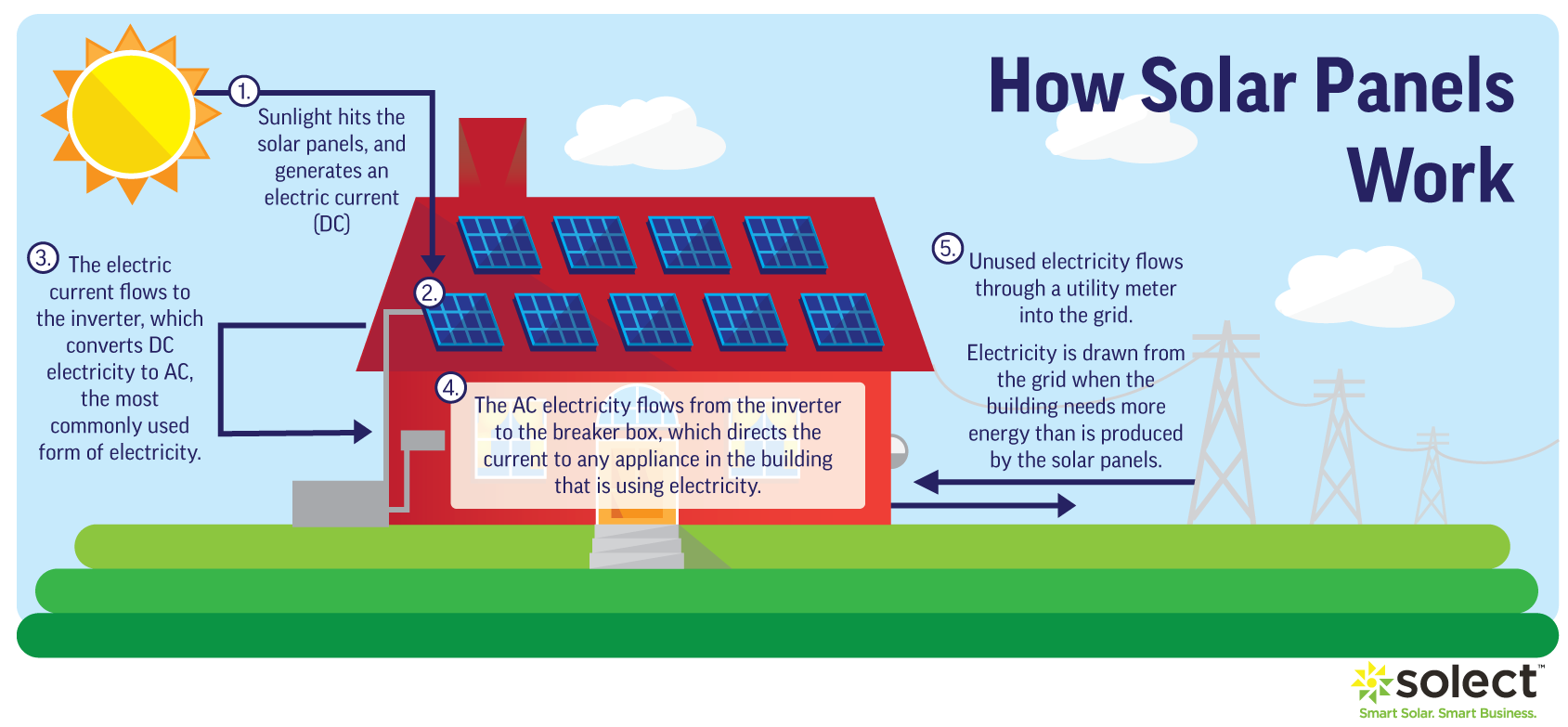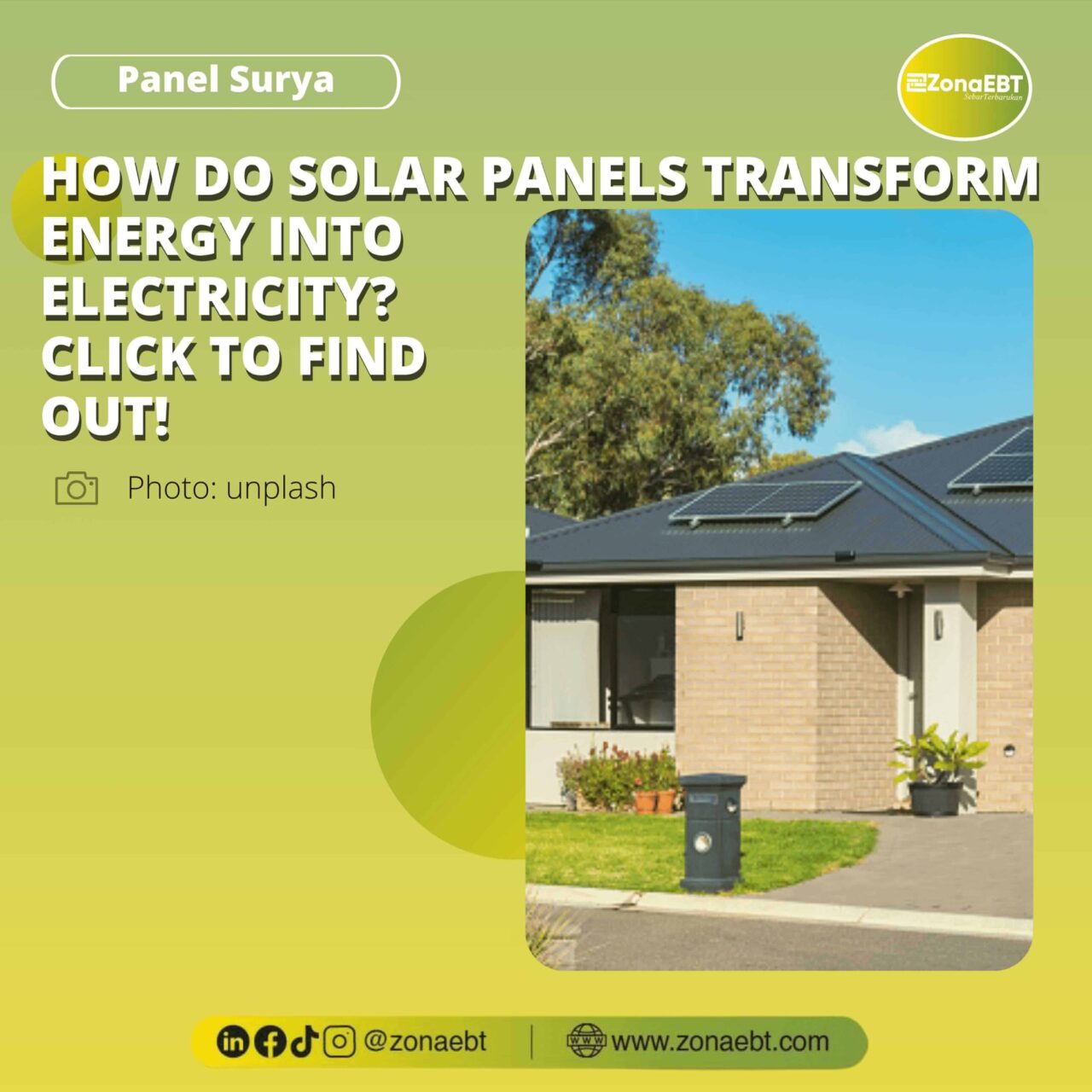- Solar power works by converting energy from the sun into power.
- There are two forms of energy generated from the sun for our use – electricity and heat.
- Solar doesn’t generate electricity all the time, but it does generate electricity when it is needed most.
A solar panel is a set of solar photovoltaic (PV) modules electrically connected and mounted on a supporting structure. A photovoltaic module is a packaged, connected assembly of solar cells. The solar panel can be used as a more extensive photovoltaic system component to generate and supply electricity in commercial and residential applications.
Solar power works by converting energy from the sun into power. There are two forms of energy generated from the sun for our use electricity, and heat. Solar energy works by capturing the sun’s energy and quietly and effectively turning it into electricity for home or business. Our sun is a natural nuclear reactor. It releases tiny packets of energy called photons, which travel 149.6 million kilometers from the sun to Earth in about 8.5 minutes. Every hour, enough photons impact our planet to generate enough solar energy to satisfy global energy needs for an entire year theoretically.
Read more:
Hydropower Plant Project in Gayo Lues, What Did The Local Government Say About It?
Environmental Education and Its Role in Solving Environmental Problems
Solar panels are usually made from silicon installed in a metal panel frame with a glass casing. When photons, or particles of light, hit the thin silicon layer on the top of a solar panel, they knock electrons off the silicon atoms. When photons hit a solar cell, they knock electrons loose from their atoms. If conductors are attached to the positive and negative sides, it forms an electrical circuit. When electrons flow through such a circuit, they generate electricity. Multiple cells make up a solar panel, and multiple panels (modules) can be wired together to form a solar array. The more panels you can deploy, the more energy you expect to generate.

Read more:
Pahami Jenis Panel Purya Berdasarkan Materialnya
Pemerintah Provinsi Bali Siap Mendukung Ekosistem Kendaraan Listrik Menuju G20
Here Are the Basic Steps in Solar Energy Generation and Transmission:
- Sunlight hits the solar panels and creates an electric field.
- The electricity generated flows to the edge of the panel and into a conductive wire.
- The conductive wire brings the electricity to the inverter, transforming it from DC electricity to AC, which is used to power buildings.
- Another wire transports the AC electricity from the inverter to the electric panel on the property (also called a breaker box), which distributes the electricity throughout the building as needed.
- Any electricity not needed upon generation flows through the utility meter and into the electrical utility grid. As the electricity flows through the meter, it causes the meter to run backward, crediting your property for excess generation.
Editor : Bunga Pertiwi
References:
Solar Basics: How Do Solar Panels Work?





